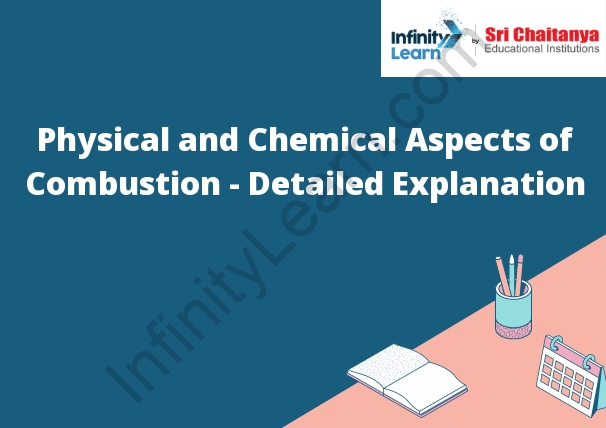Table of Contents
What are the Physical and Chemical Aspects of Combustion? ; Types of Combustion Reactions ;
The Flame
The physical and chemical aspects of combustion are the reactants, products, and the change in enthalpy during the combustion reaction. The reactants are the fuel and the oxidizer. The products are water vapor, carbon dioxide, and heat. The change in enthalpy is the energy released during the combustion reaction. The flame is the visible part of the combustion reaction.

Complete Combustion
Incomplete combustion is the incomplete burning of a fuel. This produces a range of pollutants, including carbon monoxide, hydrocarbons, and nitrogen oxides.
Incomplete combustion can be caused by a lack of oxygen, by the fuel not being distributed evenly, or by the fuel not being hot enough.
Incomplete combustion can produce a range of pollutants, including:
carbon monoxide – a poisonous gas that can cause headaches, dizziness, and nausea
hydrocarbons – a group of pollutants that includes methane, benzene, and toluene
nitrogen oxides – a group of pollutants that includes nitrogen dioxide and nitric oxide
Incomplete Combustion
Incomplete combustion is a type of combustion in which not all of the fuel is burned. This can result from a lack of oxygen, a problem with the fuel itself, or a problem with the combustion process. Incomplete combustion can produce harmful emissions, including carbon monoxide, which can be dangerous to breathe.
In the Combustion Process, the Flames Can be Classified as:
There are three types of flames: premixed, diffusion, and vortex.
Premixed flames occur when the fuel and oxidizer are mixed in the correct ratio before ignition. This type of flame is very stable and produces little soot.
Diffusion flames occur when the fuel and oxidizer are mixed after ignition. This type of flame is less stable and produces more soot than premixed flames.
Vortex flames occur when the fuel and oxidizer are mixed in a swirling motion. This type of flame is the most unstable and produces the most soot.
Physical Aspects of Combustion
The physical aspects of combustion are the changes in state that occur when a fuel is burned. The three most common phases are solid, liquid, and gas.
Solid
When a fuel is in its solid phase, the atoms are all close together and the molecules are held together by chemical bonds. When heat is applied, the atoms and molecules vibrate faster and the bonds break. This causes the solid to change into a liquid.
Liquid
In the liquid phase, the atoms and molecules are still close together, but they are not held together by chemical bonds. When heat is applied, the atoms and molecules move faster and the liquid expands.
Gas
In the gas phase, the atoms and molecules are spread out and there are no chemical bonds holding them together. When heat is applied, the atoms and molecules move faster and the gas expands.
Chemical Aspects of Combustion
The chemical aspects of combustion involve the release of energy from the chemical reaction of a fuel with oxygen. The combustion process can be divided into three stages:
1. The ignition stage, in which the fuel and oxygen molecules collide and start the reaction.
2. The propagation stage, in which the reaction spreads through the fuel mixture.
3. The termination stage, in which the reaction ends and the products are released.
The overall process of combustion is exothermic, meaning that it releases energy in the form of heat. The heat produced by combustion can be used to generate electrical power, to heat buildings or to run engines.








